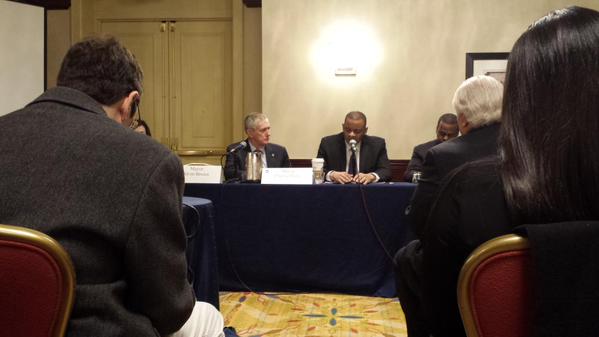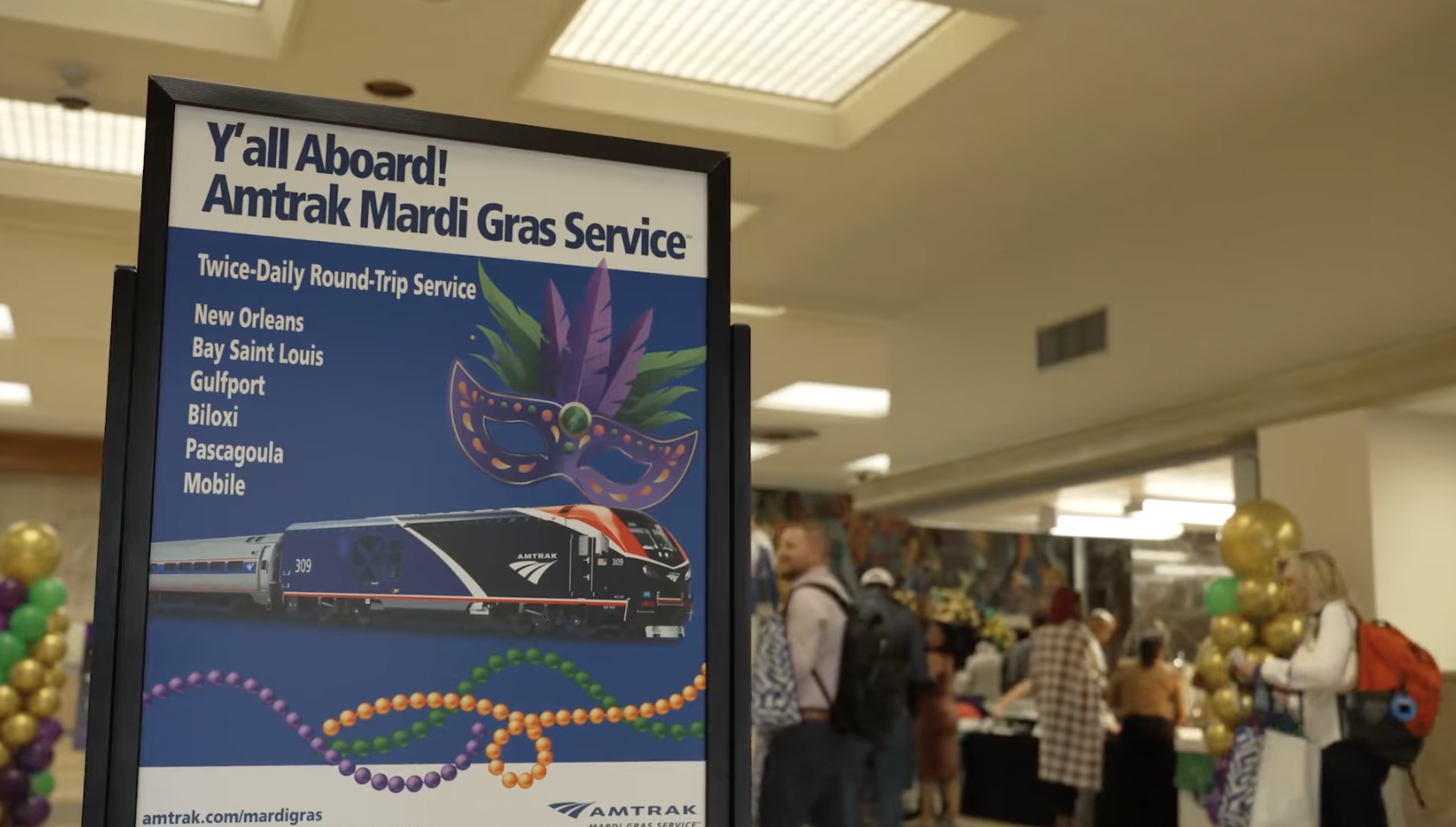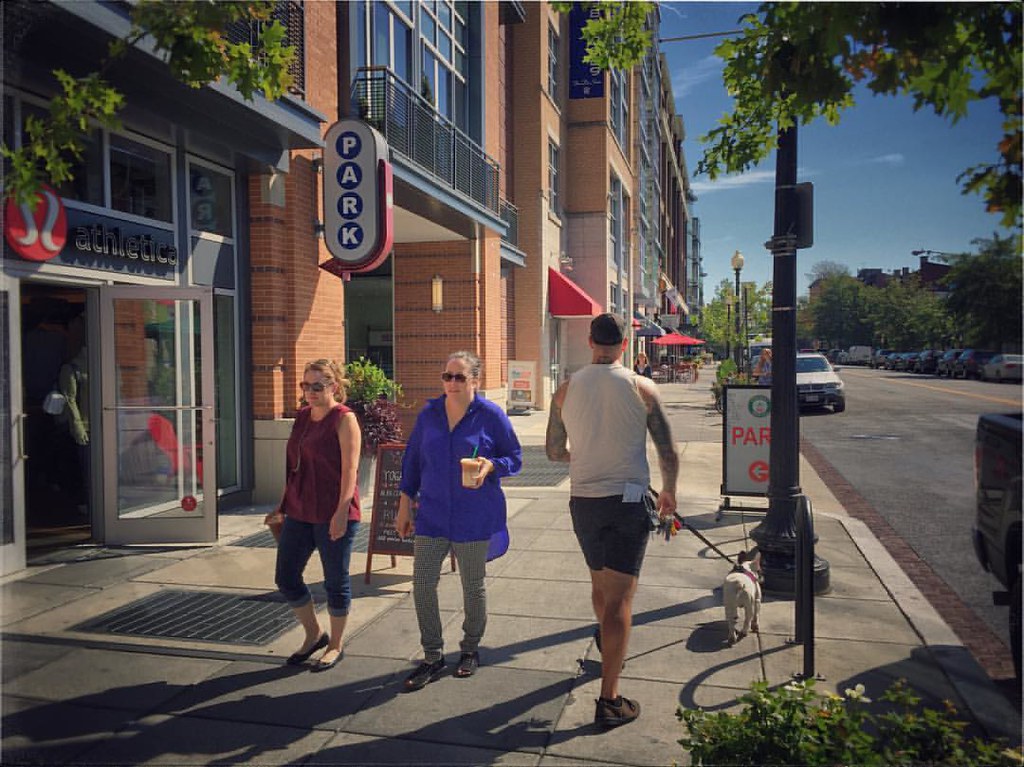
With pedestrian and cyclist deaths accounting for a rising share of U.S. traffic fatalities and Congress not exactly raring to take action, U.S. Transportation Secretary Anthony Foxx is issuing a direct challenge to America's mayors to improve street safety. Yesterday Foxx unveiled the "Mayor's Challenge for Safer People and Safer Streets" at the U.S. Conference of Mayors Transportation Committee meeting in Washington.
Overall traffic deaths are on a downward trend in the U.S., but the reduction in pedestrian and cyclist fatalities is not keeping pace with improvements for car occupants. Pedestrians and bicyclists now account for 17 percent of all traffic fatalities in the U.S., and most of these deaths are in urban areas, Foxx noted.
Back in September, Foxx told the Pro-Walk/Pro-Bike/Pro-Place conference in Pittsburgh that U.S. DOT is "putting together the most comprehensive, forward-leaning initiative U.S. DOT has ever put forward on bike/ped issues." The Mayor's Challenge fleshes out that initiative to some extent.
Foxx wants mayors to implement seven key recommendations from U.S. DOT. In March, mayors and local leaders will convene at DOT headquarters to discuss how to put the recommendations into practice. Participating cities will implement the strategies in the following year, with assistance from U.S. DOT.
U.S. DOT's recommendations urge a "complete streets" approach to design, better collection of data on walking and biking, and the incorporation of pedestrian and bicycle infrastructure when cities resurface or rebuild streets.
In addition, U.S. DOT calls for "designs that are appropriate to the context of the street." The agency lists the NACTO Street Design Guide as a resource for designing streets "appropriate to the context." The NACTO manual includes guidelines for designs like protected bike lanes that are highly effective at improving safety but relatively new to American cities.
However, U.S. DOT makes no distinction between the NACTO guide and other engineering manuals that don't include such effective designs. The materials released so far don't exactly call out for a new generation of safer street designs.
Cities can join the challenge by filling out this form [PDF], or emailing pedbikesafety@dot.gov.





